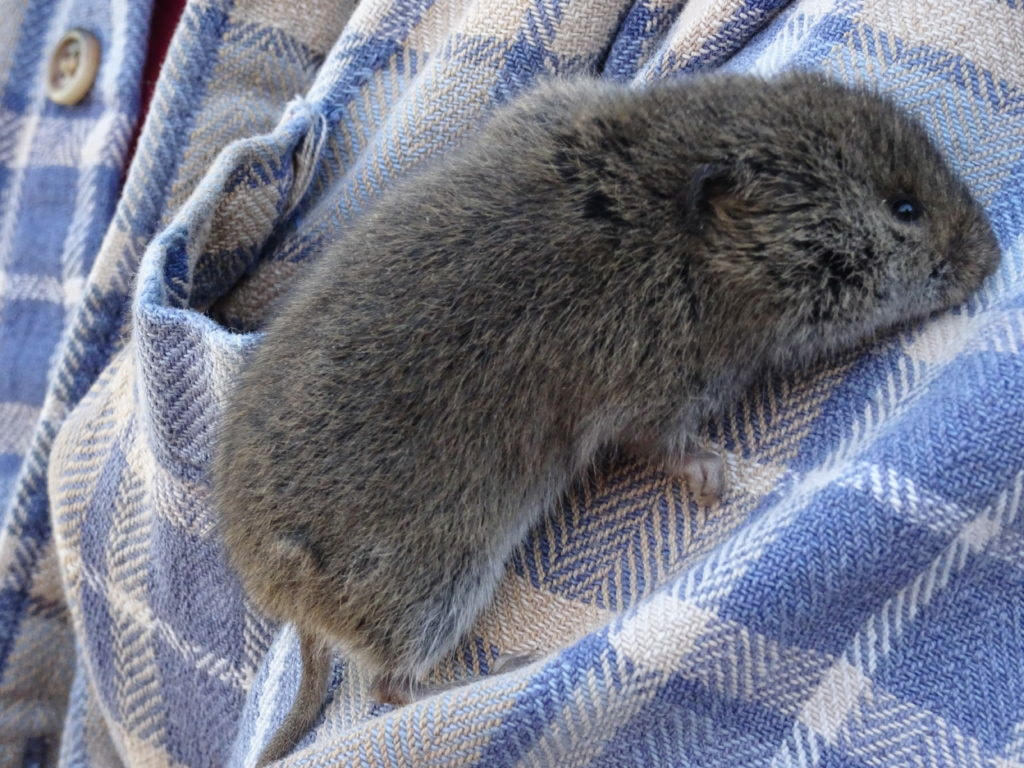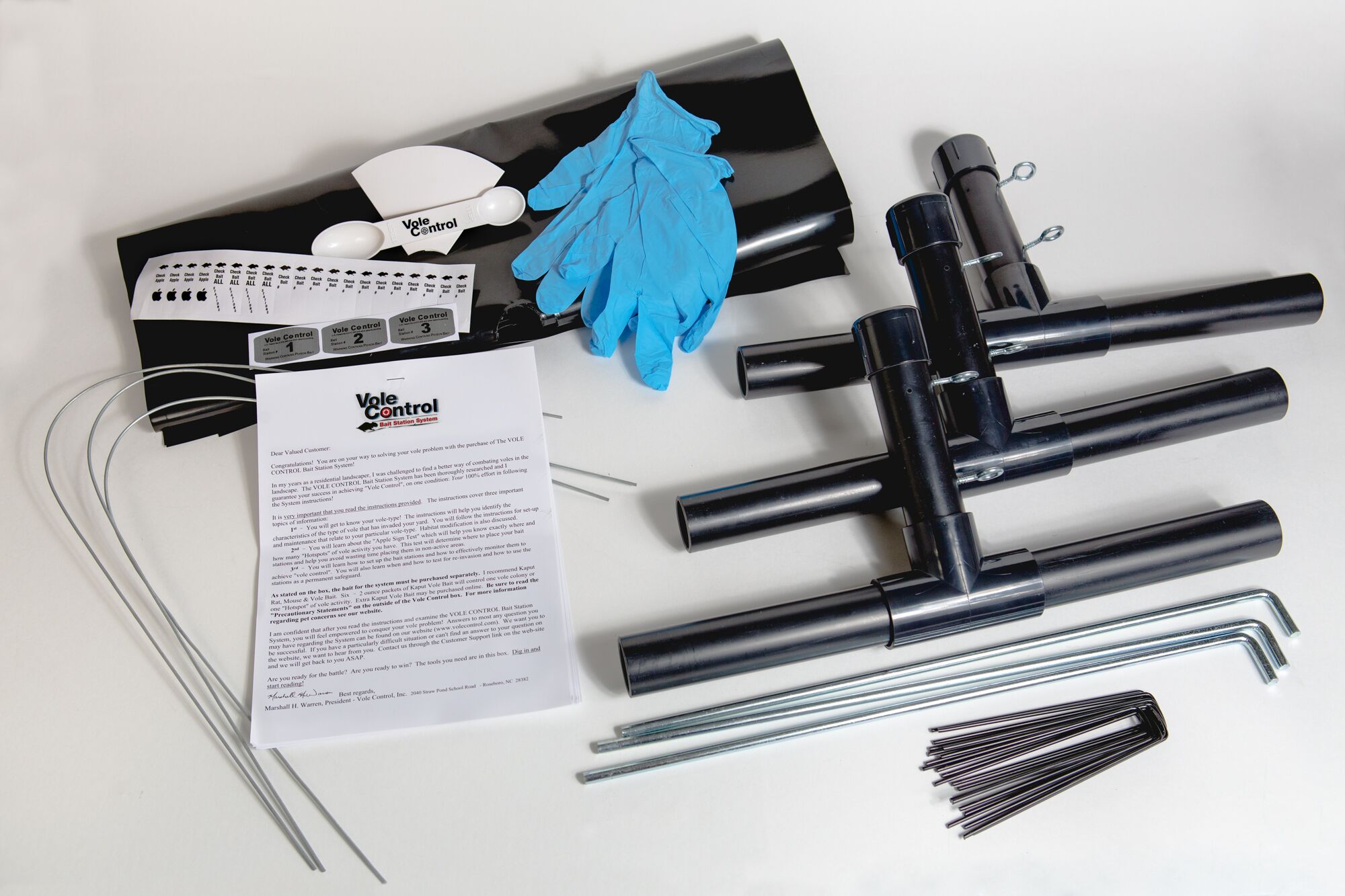Understanding Vole Yard Damage and How to Combat It
Understanding Vole Yard Damage and How to Combat It
Blog Article
Mastering Vole Parasite Control: Comprehensive Insights on Problem Avoidance and Treatment Approaches
By identifying the refined indications of vole infestation early on, we can take proactive procedures to protect against widespread damage. In this discussion, we will certainly explore the nuances of vole habits, dive right into the identification of infestation signs, and reveal the most efficient avoidance and treatment methods.
Recognizing Vole Behavior
Checking out the foraging patterns of voles supplies useful insights right into their behavior and habitat preferences. By observing their foraging actions, scientists can get a better understanding of where voles favor to establish their habitats and the extent of their ecological impact.
Research study shows that voles exhibit discerning feeding behaviors, preferring roots, bulbs, and seeds. This dietary preference influences their foraging patterns, leading them to locations abundant in greenery and ground cover. In addition, voles are known to develop fancy tunnel systems for foraging and nesting objectives, indicating a high degree of flexibility to their surroundings.
Recognizing vole actions is vital for applying targeted pest control actions that interrupt their habitat preferences and foraging tasks (vole pest control). By studying their habits, professionals can establish a lot more effective avoidance and therapy techniques to manage vole infestations

Identifying Signs of Vole Infestation
Vole problems can be discovered by identifying particular indications of their presence in an area. One of the most common indications of a vole problem is the presence of surface runways.
An additional essential indication of vole problem is the presence of small burrow openings in the ground. Voles dig shallow burrow systems with several entryways and leaves. These burrows function as shelter and nesting websites for the voles. In addition, voles are known to leave behind chewed plant stems, origins, and bulbs near their burrow openings, suggesting their feeding activity in the location.
Moreover, vole droppings can also represent their existence. Vole droppings are tiny, brownish, and cylindrical in shape, resembling grains of rice. Discovering these droppings along paths or near burrow openings can confirm a vole invasion. By being cautious for these signs, homeowner can without delay deal with vole invasions and protect against additional damages.
Carrying Out Aggressive Prevention Actions

In addition, using all-natural vole deterrents like castor oil-based repellents or predator pee can work as reliable safety nets. It is also recommended to routinely check outside areas for any type of signs of vole task, such as paths or delve openings, to address potential problems immediately. vole control. By embracing these aggressive prevention approaches, Get the facts residential property proprietors can dramatically reduce the probability of vole damages and maintain the health and wellness and aesthetic appeals of their landscapes
Efficient Treatment Methods
Incorporating targeted trapping methods and using authorized rodenticides are essential components of effective treatment techniques for managing vole infestations. Trapping can be an efficient method to decrease vole populations, specifically when placed tactically in their energetic paths. Snap traps and live traps can both work, with the latter permitting the capture and relocation of voles. When utilizing rodenticides, it is important to comply with security guidelines to avoid damage to non-target animals and animals. Place rodenticides in protected bait terminals to decrease threats to unplanned targets. In addition, environment adjustment, such as minimizing ground cover and getting rid of sources of food, can help discourage voles from infesting an area. Regular surveillance and upkeep are likewise crucial elements of successful treatment strategies to ensure that vole populaces are maintained under control. By incorporating capturing, rodenticides, environment adjustment, and constant tracking, efficient vole bug control can be attained.
Surveillance and Upkeep Tips
Maintaining an organized routine for monitoring and performing routine maintenance tasks is vital to sustain the performance of vole insect control actions. Routine surveillance enables the early discovery of vole activity, making it possible for punctual treatment before problems intensify. To effectively keep an eye on vole populaces, tactically positioned traps can be made use of in vole paths or near burrow entryways. By routinely examining these traps, home like it proprietors can gauge the degree of vole task and adjust control methods as necessary.
Additionally, preserving a clean and clean landscape is important in vole prevention. Clearing up away debris, such as stacks of timber or thick vegetation, eliminates potential vole habitats. Consistently mowing lawns and trimming plant life aids lower vole concealing spots and reduces their access to food sources.
Additionally, recurring maintenance of physical barriers, such as fencings or cord mesh, is vital to stop vole intrusion. Examining and fixing any type of damages to these frameworks makes certain that vole control stays effective in protecting properties from infestations. By incorporating these surveillance and maintenance practices right into a thorough vole bug control plan, people can successfully handle vole populaces and secure their residential properties from damage.
Verdict
Finally, mastering vole parasite control needs a solid understanding of vole habits, the ability to recognize indications of infestation, carrying out proactive avoidance measures, reliable treatment approaches, and constant surveillance and maintenance. By taking a thorough technique to vole control, individuals can successfully manage and prevent invasions, ultimately safeguarding their residential property and surrounding atmosphere from damages triggered by these tiny rodents.
In this conversation, we will certainly explore the nuances of vole actions, delve right into the recognition of infestation indications, and uncover the most reliable avoidance and treatment weblink techniques.Including targeted trapping approaches and utilizing authorized rodenticides are essential parts of effective therapy approaches for handling vole invasions. To properly keep track of vole populaces, strategically put catches can be utilized in vole paths or near burrow entries. Checking and repairing any type of problems to these structures guarantees that vole control remains effective in guarding residential properties from infestations. By integrating these monitoring and maintenance techniques into a thorough vole pest control plan, people can effectively handle vole populaces and protect their homes from damage.
Report this page